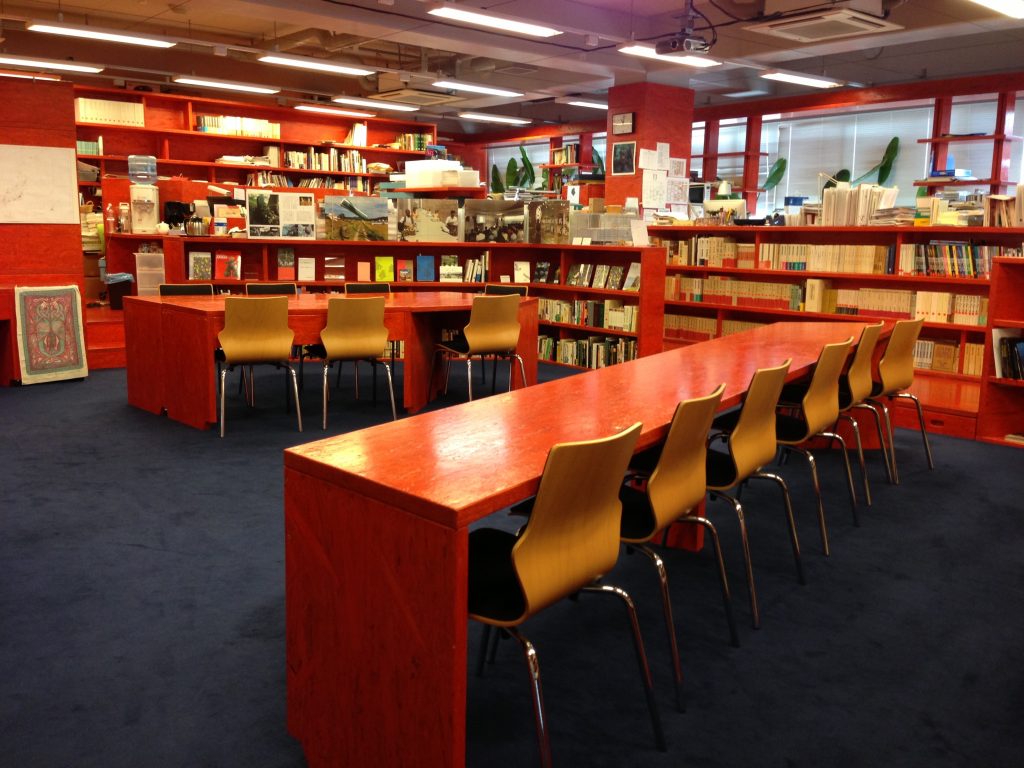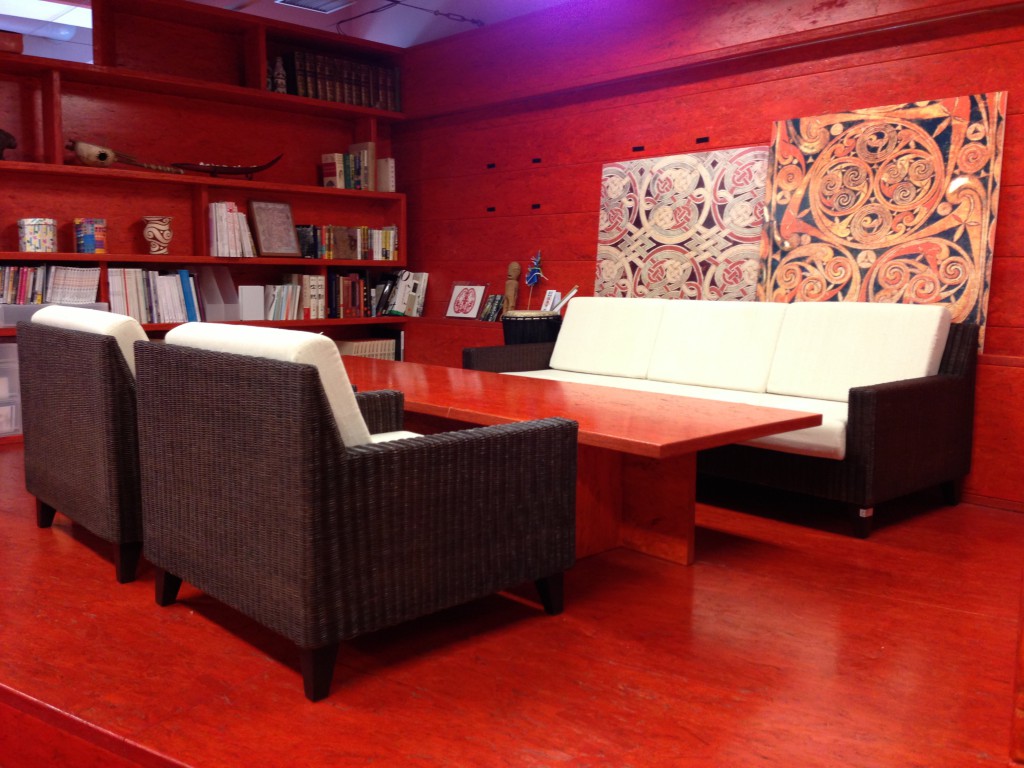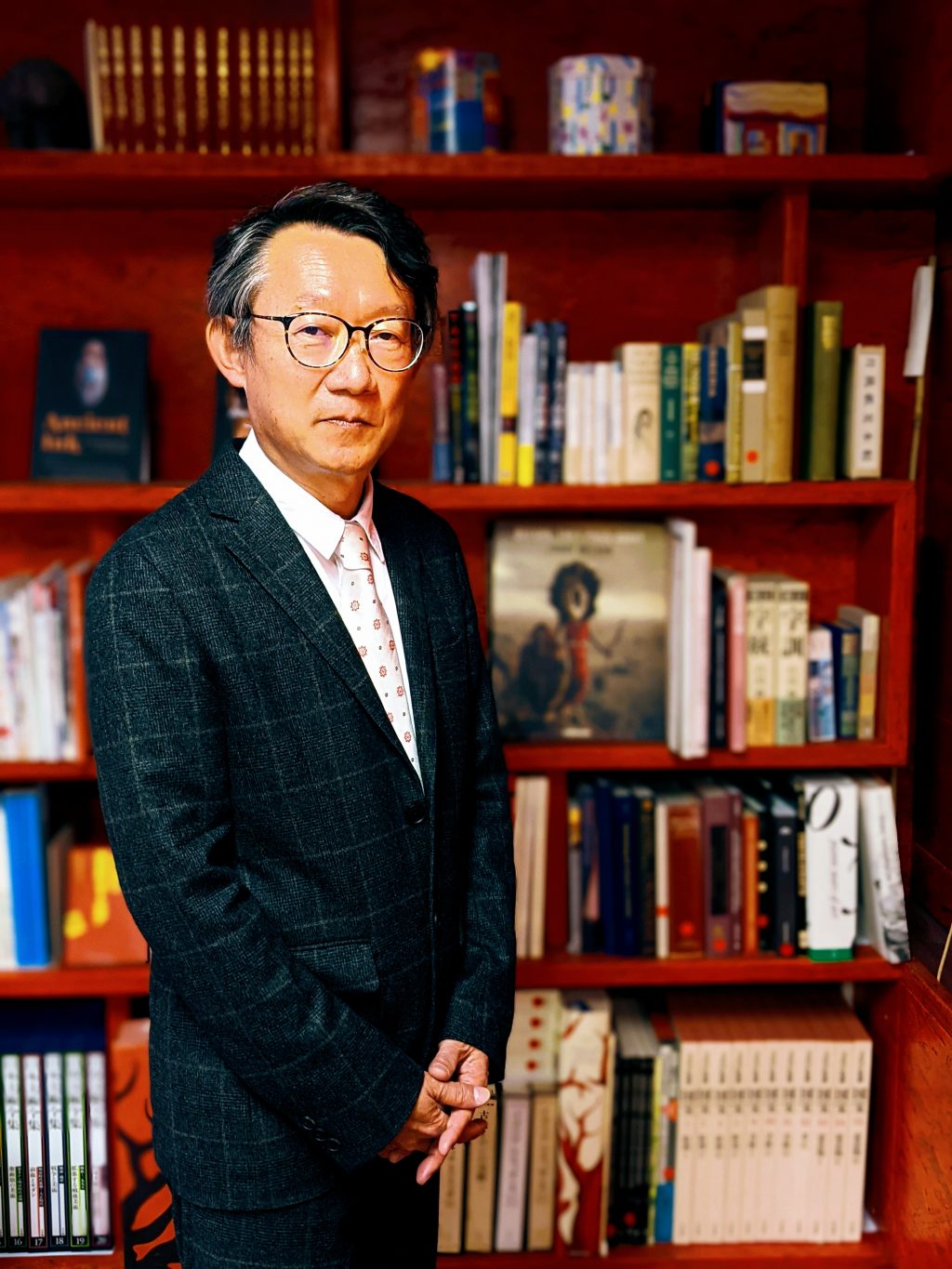The Institute for Anthropology of Art and Design, Tama Art University, offers a program that approaches the study of art as practiced throughout human history, taking innovative approaches that propose rereadings of tradition. The study of the nature and role of human creativity in the broader cultural sense has traditionally been left to the fields of archaeology and cultural anthropology. These two disciplines are applied here to create a comprehensive, interdisciplinary approach to art.
Art anthropology views human expression /representation/ throughout time as an act of unlimited relationality, generating multiple connections – between humankind and nature, person and object, and of course between people. We aim at an understanding of art and culture that is both organic and non-dualistic. In order to do so we fuse the disciplines of art & design, the humanities, and science in an exploration of both Japanese and world folklore and culture, and how these have developed from prehistoric times to the present. We believe that through the unearthing of the creative expressions accumulated by humanity, formed of heart, mind and technique, we can contribute to the regeneration of that fundamental life force in the context of the 21st century.


IAAD Activities
There are four departments at IAAD. Each has its own research division and makes efforts to be involved not only with the larger university community, but with the local and international communities as well. The following three types of exchange programs provide ways of keeping in touch with the larger world.
Exchange programs with other departments of Tama Art University, the university museum and library including seminars and other activities. Activities which attract current students and alumni, as well as prospective students. Exchange programs oriented toward elementary schools.
Cooperative programs are also promoted with other local area universities and research institutes, as well as museums, libraries, private museums, and artists’ studios.
The research center also promotes exchanges both within its local district and around the country with communities, schools and private companies. These include the sharing of space used for programs as well as knowledge sharing.3. International exchange
Cooperative research and exhibition projects are promoted with overseas universities, museums, research institutions, and private corporations.
These programs are publicized over various types of media.
Message from the Director
 Chihiro Minato
Chihiro MinatoDirector of Institute for Anthropology of Art and Design, Tama Art University, Tokyo, Japan
The world’s total population has exceeded 8 billion in 2022. These figures, revealed by the 2022 Revision of World Population Prospects, come at a time of unprecedented human activity and growth. The pandemic has reminded us of the interconnectedness of all parts of the earth, and of our intimate connection to other human beings. We have been forced to reexamine the big questions of what life is and what human beings are.
To answer these questions, we need to harmonize our intellect and sensibility. Throughout its long history, science and art have nurtured a rich imagination and sought a comprehensive form of knowledge. Today, the dialogue with the humanities is evolving into a dialogue with all cultures of the world, resulting in an astonishing diversity of knowledge. Through various creations, it has become clear that there is a unique “Wild Thought” in every place where humans live, and that the people who create things have some common way of using their wisdom.
The Institute for Anthropology of Art and Design will explore human creativity in a diverse world through collaboration with a wide range of fields, from art and design to archaeology, history, religion, philosophy, music, and literature. The Institute will make its research findings available to students and the general public through symposiums, seminars, exhibitions, and publications.
We aim to continue to enrich the Institute’s activities through collaboration with a variety of domestic and international institutions. We look forward to your continued support and guidance for the activities of the Institute for Anthropology of Art and Design at Tama Art University.